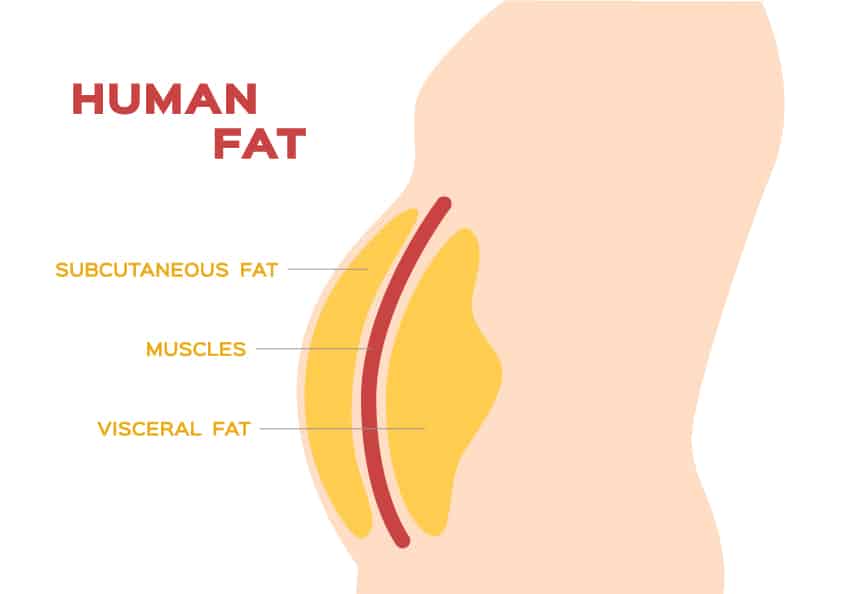You Have To Open The Book To Know What's Inside

Powered by Indian bank ifsc code
Powered bySolar Colorado
Where's The Fat?
Powered byBuy Online Cbd 1000mg Salve

Subcutaneous fat is stored beneath the surface of the skin. The only way to measure a persons total body fat is by MRI. Subcutaneous fat is visible outwardly. And some who may appear to be unhealthy may very well be FOTI. Which is fat on the outside, thin on the inside. Like sumo wrestlers for instance. Studies have shown that most of their body fat is stored under the skin surface with little to no visceral fat SO in actuality they’re pretty healthy. However, they have a unique training method along with a 7000 calorie diet that prevents the build up and storage of visceral fat.

In FOTI’s and TOFI’s extra fat can be deposited around the abdominal organs as visceral fat. And this is the leading cause of lifestyle diseases like diabetes and hypertension. Excess visceral fat can act like an organ and release chemicals and hormones in the body causing mental cloudiness and restless sleep. It increases the risk of cancer and also changes the reproductive profile therefor leading to low fertility levels. The only way to really know is looking at your lifestyle, being honest with yourself and make some serious changes.
You can’t choose your body type. That is genetic. But you can choose your body fat. Start by adding 30 minutes of moderate aerobic activity to your daily routine. In addition, strength training is known to be very effective in the reduction of visceral fat particularly around the liver. Keep in mind that visceral fat responds much faster than subcutaneous fat. So don’t be alarmed by what you see or don’t see from the outside. Just stay consistent. It’s working. The most harmful fat is moving first Eat a diet high in whole foods fruits and vegetables with lean healthy protein options, high fiber and healthy carbs.minimize alcohol intake, manage stress levels and get more than 5 hours of sleep. The older we get the slower the metabolism. In this case, increase activity and decease portion sizes. It’s a lifestyle change for the long term. When we EAT well we LIVE well and all will BE well.
– Anita Faye Wilson


Informative, engaging with the provocation for change!
Wow great read a wealth of good information 💯👍🏾